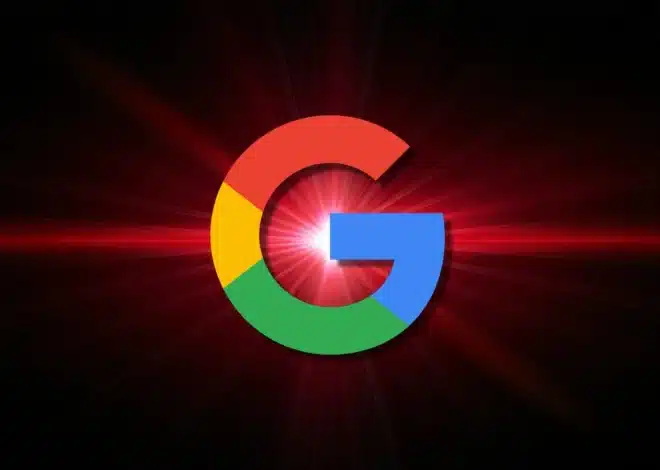
Are Magnetic USB-C Cables Safe To Use?
Yes, Magnetic USB-C cables are safe to use but there’s a big caveat to this – the quality of the cable and the magnet are critically important. Magnetic cables are a popular and convenient way to connect your devices quickly and without having to worry about plugging anything in. As far as safety, if you buy a high-grade cable with good reviews, you shouldn’t have to worry about safety or damage being caused.
When using a magnetic USB-C cable, it’s important to choose a high-quality one to avoid damaging devices or causing frustration. Low-quality cables may not be safe to use. Spending a bit more on a good cable can prevent problems in the future.
Please note that USB-C magnetic tip adaptors or cables are not compliant with the USB specifications. As a result, any damage caused to products by using these non-compliant cables may not be covered by product warranties. This is a big consideration for people who are still in warranty coverage and might be reason enough for some people to stay away from them.

Unraveling the Safety of Magnetic USB-C Cables
Convenience vs. Compliance
Magnetic USB-C cables offer undeniable convenience, snapping into place with ease and preventing wear and tear on your device’s port. However, their safety has been a topic of debate among tech enthusiasts and experts. The primary concern stems from their non-compliance with the official USB-C specifications. Unlike traditional cables, magnetic ones introduce an additional connection point that can disrupt the flow of power and data, potentially leading to issues like short circuits or damage to your device’s internal components.
The Risks Involved
While many users have reported positive experiences with magnetic USB-C cables, there have been documented cases of malfunctions and even damage to devices. Some users have experienced issues like flickering screens, charging inconsistencies, and even complete device failure. These risks are not to be taken lightly, especially when dealing with expensive electronics.
Expert Opinions
Experts in the field of electronics and technology generally advise against using magnetic USB-C cables. They emphasize that these cables can introduce instability to the connection, leading to unpredictable behavior and potential harm to your devices. The USB Implementers Forum (USB-IF), the organization responsible for maintaining the USB standards, has not officially approved magnetic USB-C cables, further reinforcing the concerns regarding their safety.
Alternatives to Consider
If you’re looking for a convenient charging solution, there are safer alternatives to magnetic USB-C cables. Consider using a high-quality traditional USB-C cable with a reversible connector, which eliminates the need to fiddle with the cable’s orientation. Another option is to invest in a wireless charging pad, which completely eliminates the need for physical cables.
Making an Informed Decision
Ultimately, the decision of whether or not to use magnetic USB-C cables rests with you. It’s crucial to weigh the convenience factor against the potential risks involved. If you choose to use a magnetic cable, be sure to purchase it from a reputable brand and avoid using it with high-powered devices like laptops or gaming consoles.
| Pros | Cons |
|---|---|
| Convenient and easy to use | Not compliant with USB-C specifications |
| Reduces wear and tear on ports | Potential risk of damage to devices |
| Prevents accidental disconnections | Can introduce instability to the connection |
By understanding the potential risks and considering safer alternatives, you can make an informed decision about whether or not magnetic USB-C cables are right for you.
Key Takeaways
- Magnetic USB-C cables are generally safe.
- Quality and compatibility are crucial.
- Investing in a trusted brand can prevent problems.
Assessing the Safety and Efficiency of Magnetic USB-C Cables for Electronic Devices
Magnetic USB-C cables offer convenience and ease of use for charging and data transfer. This section addresses the safety and efficiency of these cables, covering their technology, compatibility, charging efficacy, and design features.
Understanding Magnetic USB-C Technology
Magnetic USB-C cables use magnets to create a connection between the cable and the device. This design reduces wear on charging ports because the cable detaches easily if tugged. The magnets used must be strong enough to maintain a connection but not so strong that they cause damage.
Magnetic USB-C cables typically have a detachable magnetic tip that stays in the device’s port. This tip helps protect the port by reducing frequent plugging and unplugging. Safety concerns revolve around the magnetic strength and potential interference with other electronics.
Compatibility with Phones and Laptops
Magnetic USB-C cables must fit a variety of devices, including phones, tablets, and laptops. These cables are generally compatible with popular USB-C devices, like Android phones and MacBooks. Some cables offer additional connectors for micro USB or Lightning ports, increasing compatibility with various devices.
However, not all devices support fast charging with these cables. Checking the specifications of both the device and the cable is crucial. Apple’s newer devices, for instance, may not support third-party magnetic solutions well, leading to reduced performance or safety issues.
Evaluating the Charging and Data Transfer Capabilities
The charging capacity of magnetic USB-C cables varies. Some support high wattages, like 100W or more, which is important for powerful devices like laptops. Lower-rated cables might only suffice for smaller devices, like phones or tablets. Users should ensure their cable supports the required wattage to prevent slow charging or damage.
Data transfer speeds are also essential. While some magnetic cables support high data transfer rates, such as 40Gbps, others might only offer USB 2.0 speeds. It is vital to verify the cable’s data capabilities, especially for tasks requiring quick file transfers or high-speed internet connections.
Design Innovations and Features of Magnetic Connectors
Current magnetic USB-C cables include innovative features, such as LED indicators and dustproof designs. The LED helps users know if the device is charging. Dustproof designs protect the port from debris, extending the device’s lifespan.
Some cables have breakaway magnetic connections to prevent damage if the cable is pulled abruptly. Different brands offer various features, such as secure magnetic attachment and high current capacity. For example, the Magnilink 360 Pro is known for its versatile design and high charging capacity.
Choosing a cable with the right features can enhance user experience. Being aware of design innovations helps in selecting a cable that fits the needs of specific devices.



